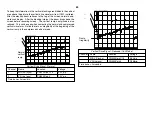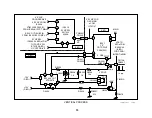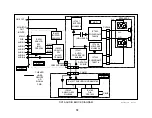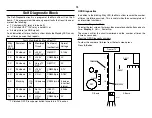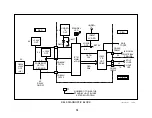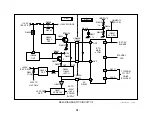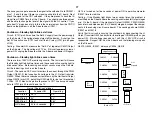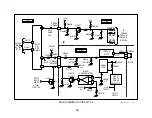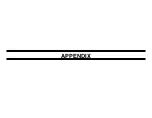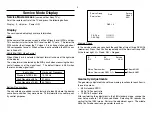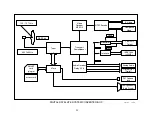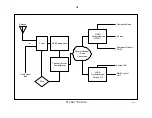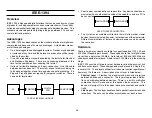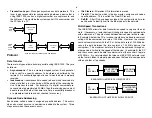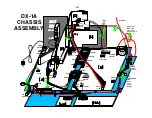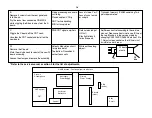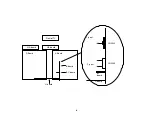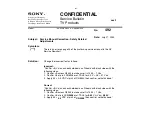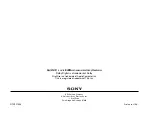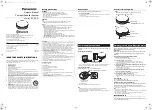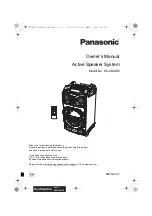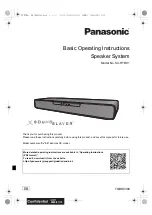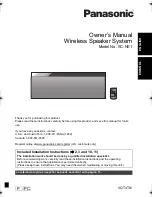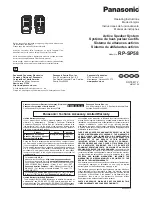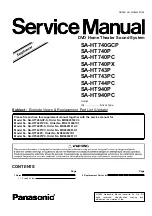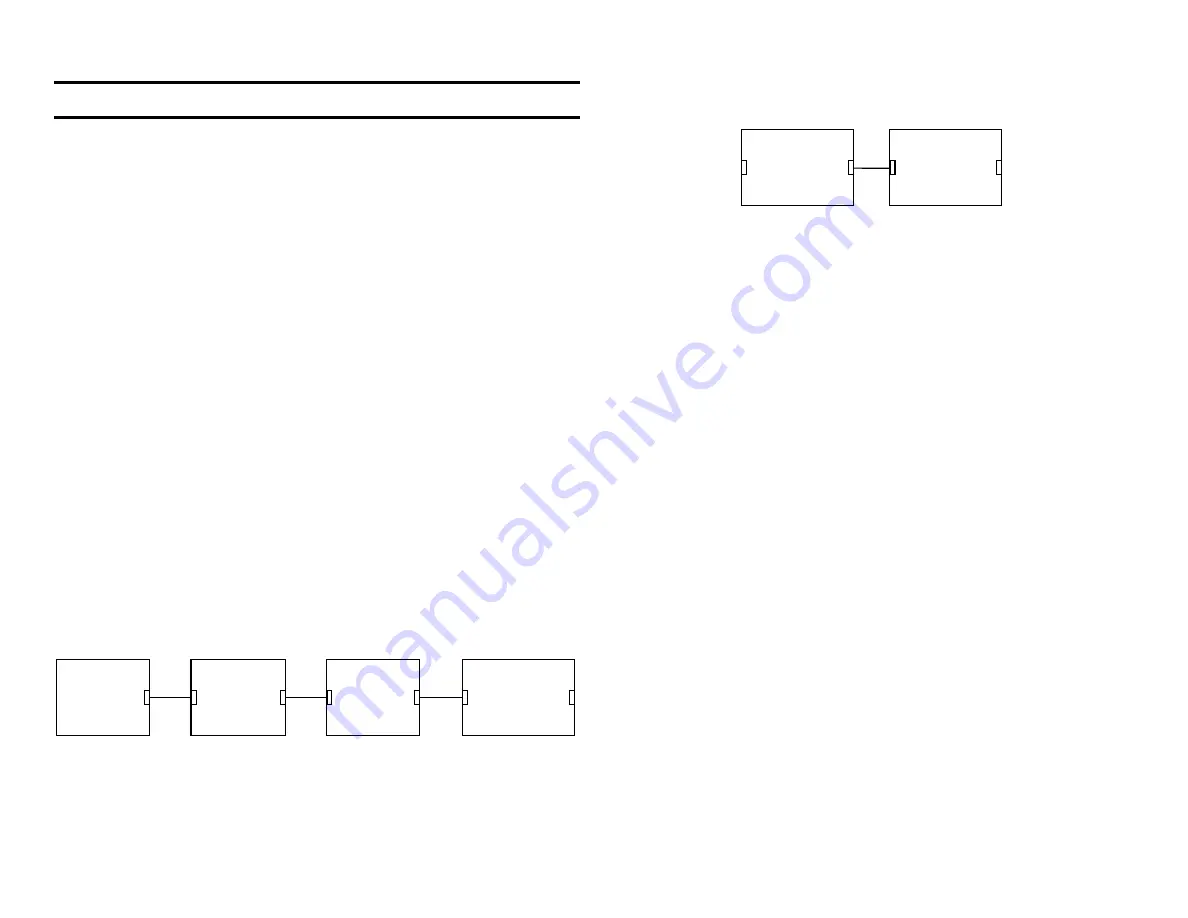
iv
PC
CAMCORDER
DIGITAL
VCR
PRINTER
TYPICAL IEEE1394 HOOK-UP
PEER TO PEER CONNECTION
CAMCORDER
CAMCORDER
IEEE-1394
Overview
IEEE-1394 is high-speed digital interface that can be used by many types
of products, including computers and consumer electronics. It uses trans-
action-based packet technology to communicate between devices. This
standard was developed to help bridge the gap between PCs and con-
sumer electronic products.
Advantages
The IEEE-1394 has been chosen as the standard interface for digital con-
sumer products because of its many advantages. Listed below are sev-
eral of these advantages:
It is a hot pluggable and unpluggable system. Devices may be added
or removed at any time and their presence or absence will be recog-
nized by the system.
It is a non-proprietary standard adapted by the Institute for Electrical
and Electronic Engineers. There are no licensing problems at this
time to stop companies from adapting this format.
It allows for flexible hookups and easy connection. One thin cable
between devices does it all. The system allows for daisy chaining up
to 63 devices together at one time and also supports branching. It is
Plug and Play and does not require ID jumpers or switches. There is
no need for terminators.
Peer to peer communications are possible. Any device should com-
municate with any other device without the need for a hub or a PC to
be connected.
The system uses scalable architecture that will allow older, slower
devices to communicate with newer, faster devices at the slower rate.
Different combinations of faster and slower devices can be used on
the same bus.
Hardware
There is hardware currently available to support speeds of 100, 200 and
400 Mb/s (Megabits per second). These speeds are fine for digital video
since it has a data rate of 30 Mb/s. Data rates of 800 and 1600 Mb/s are
already scheduled for release. A data rate of 3200 Mb/s is in the planning
stage.
IEEE-1394 consists of three layers of hardware called the physical, link
and transaction layers. These components may be found in a single IC or
in several ICs. These layers will perform the same function regardless of
how many ICs there are. A description of each layer is listed below:
Physical Layer
– Provides the electrical and mechanical interface
between a device and a connector. This layer also provides initializa-
tion and arbitration between devices. There is a built-in arbitration
subroutine that will make one of the devices the bus master. This
device will assign IDs to the nodes (devices connected) and control
traffic.
Link Layer –
The link layer handles all data packet transmissions and
receptions. The data can be either asynchronous or isochronous.
Summary of Contents for KV-32XBR400
Page 1: ......
Page 5: ...1 NOTES ...
Page 12: ...8 NOTES ...
Page 14: ...10 NOTES ...
Page 83: ...APPENDIX ...

